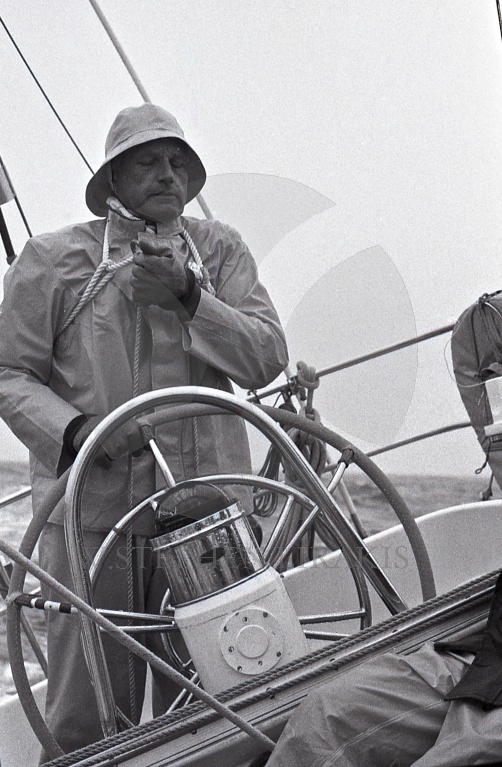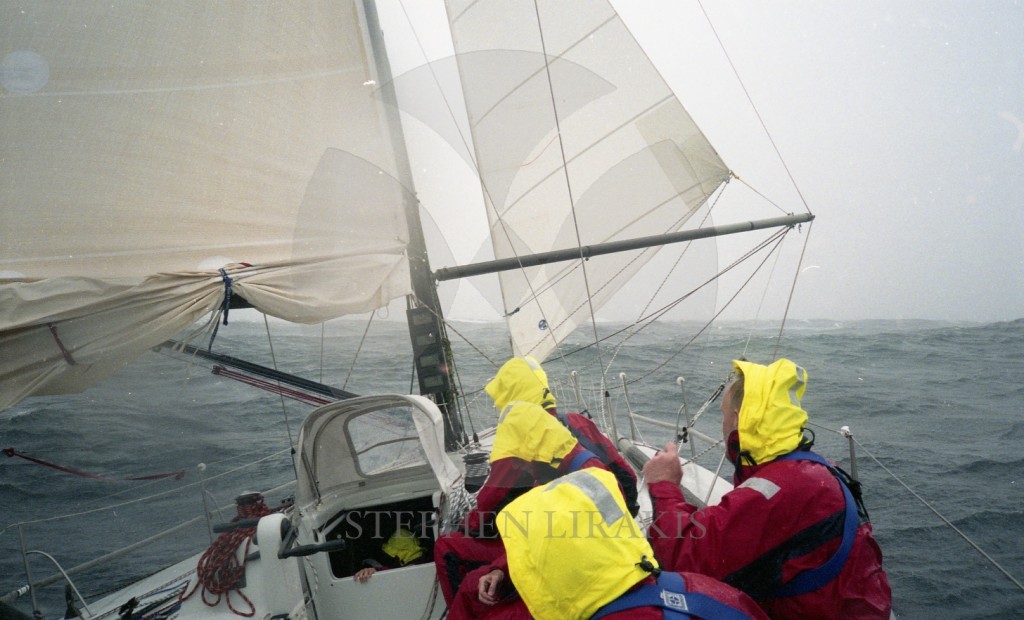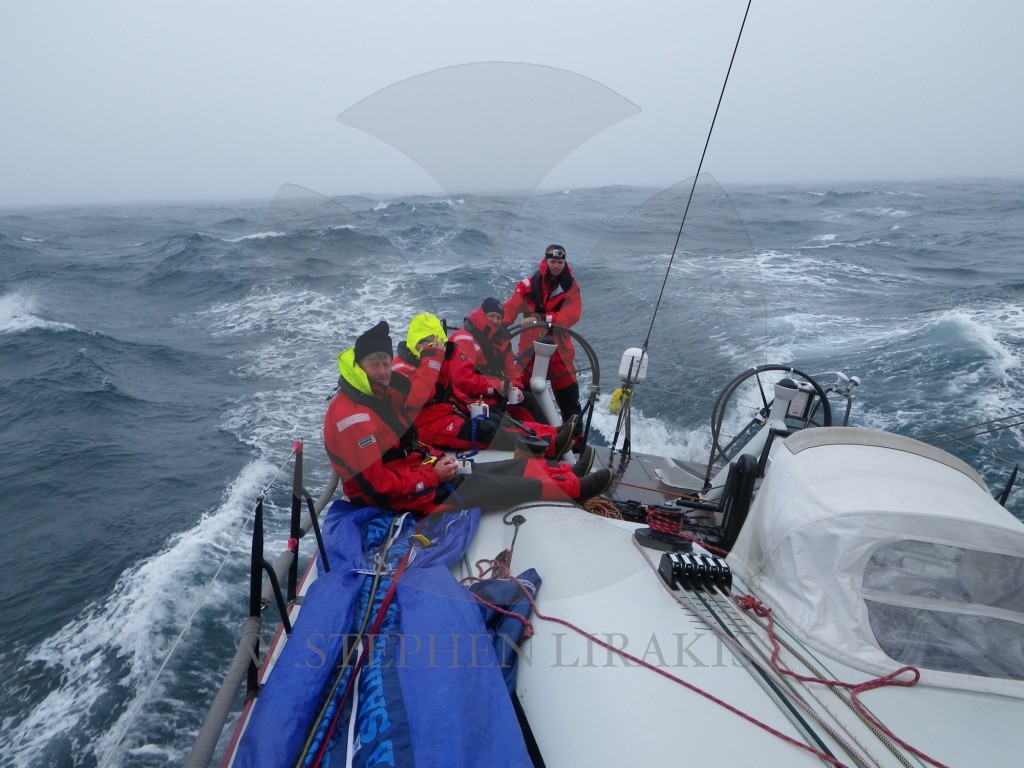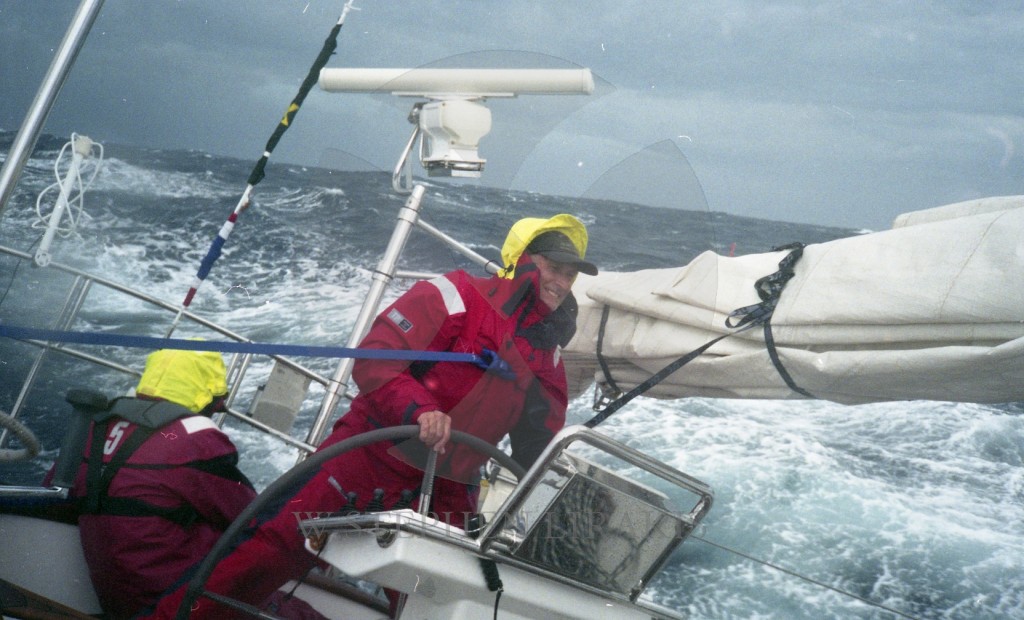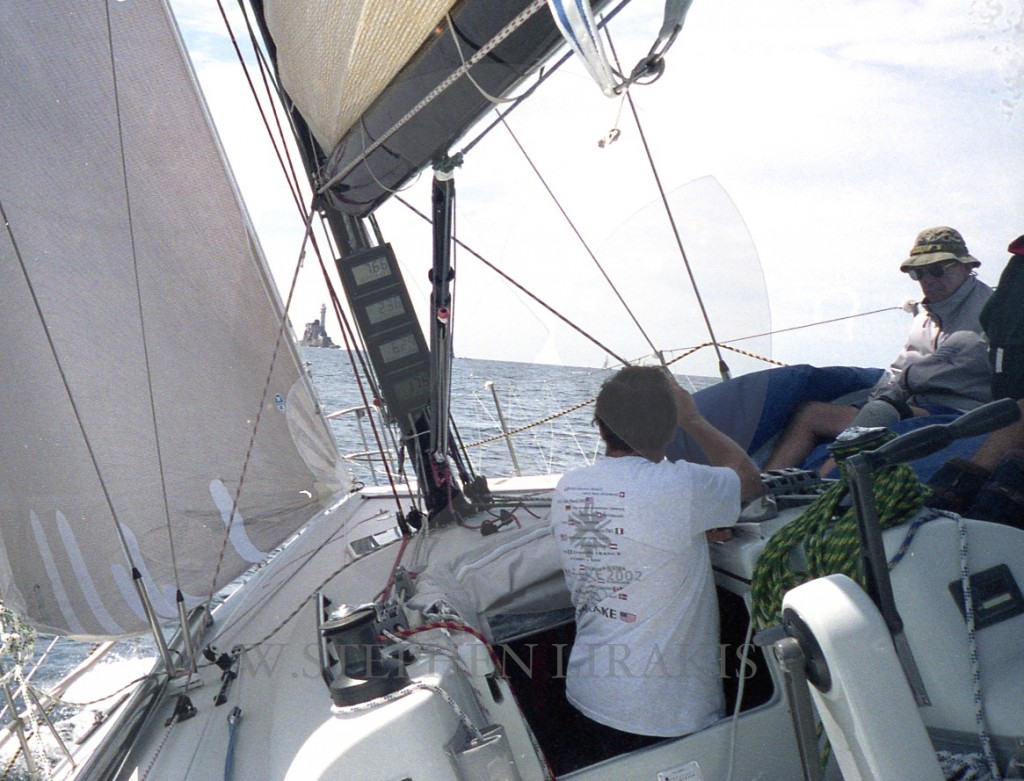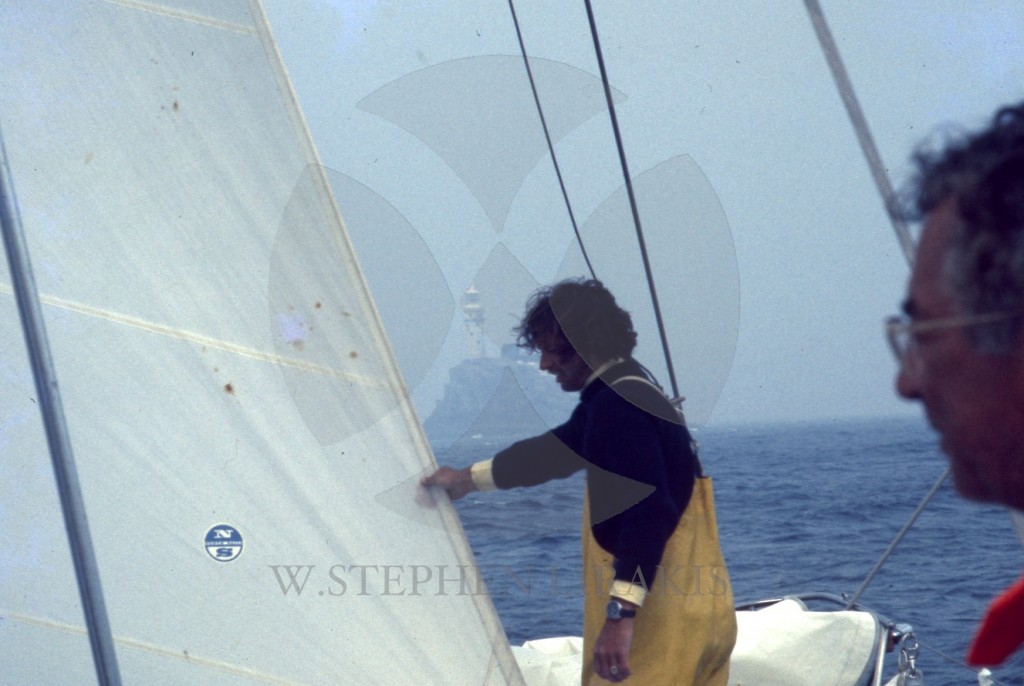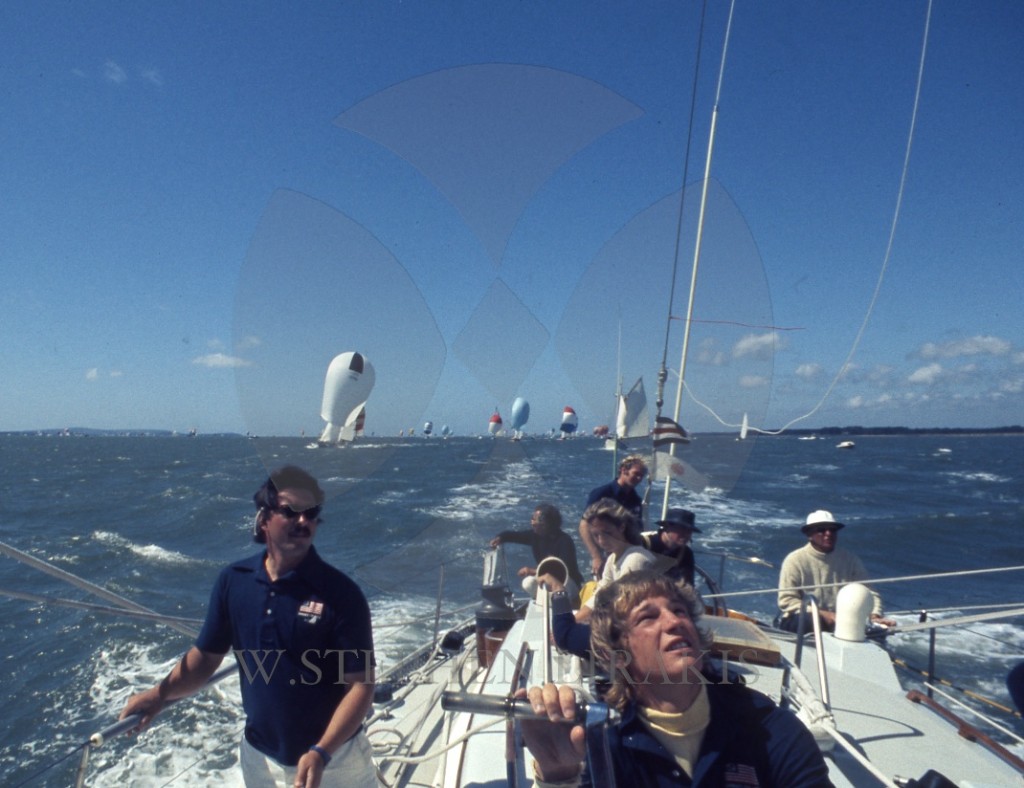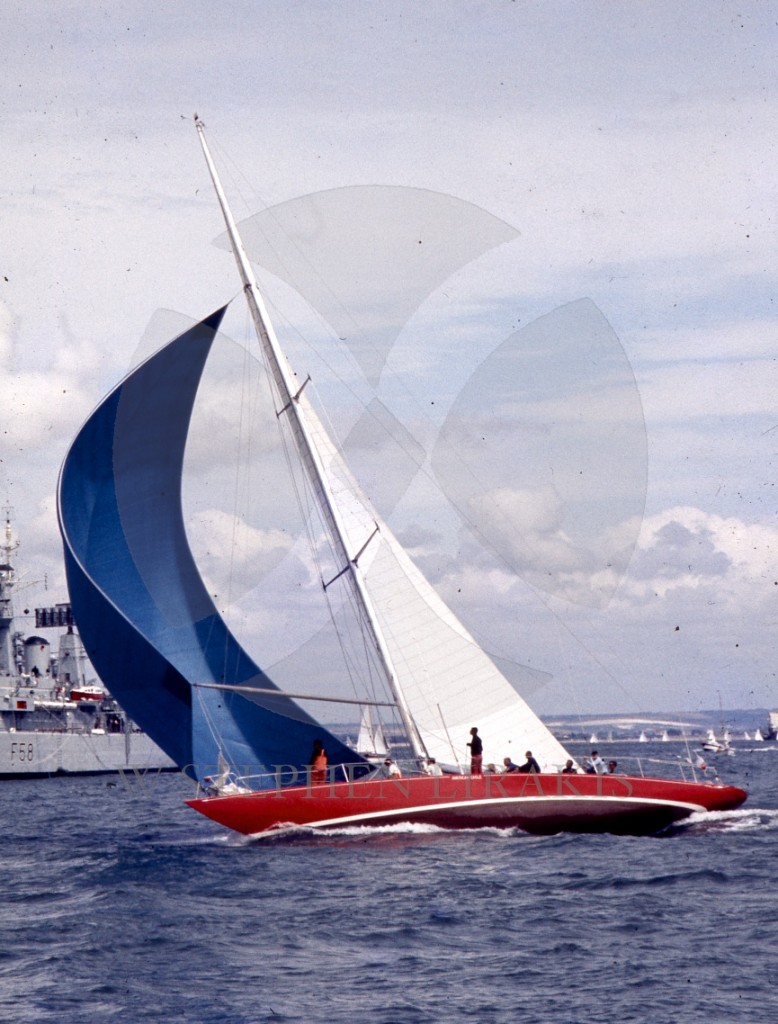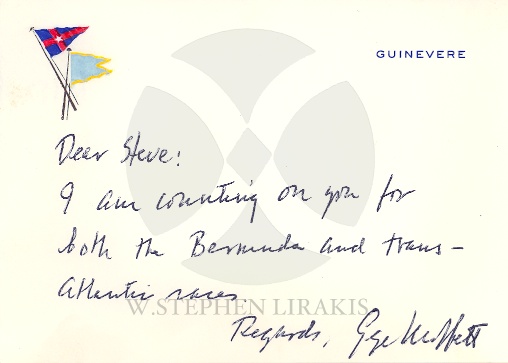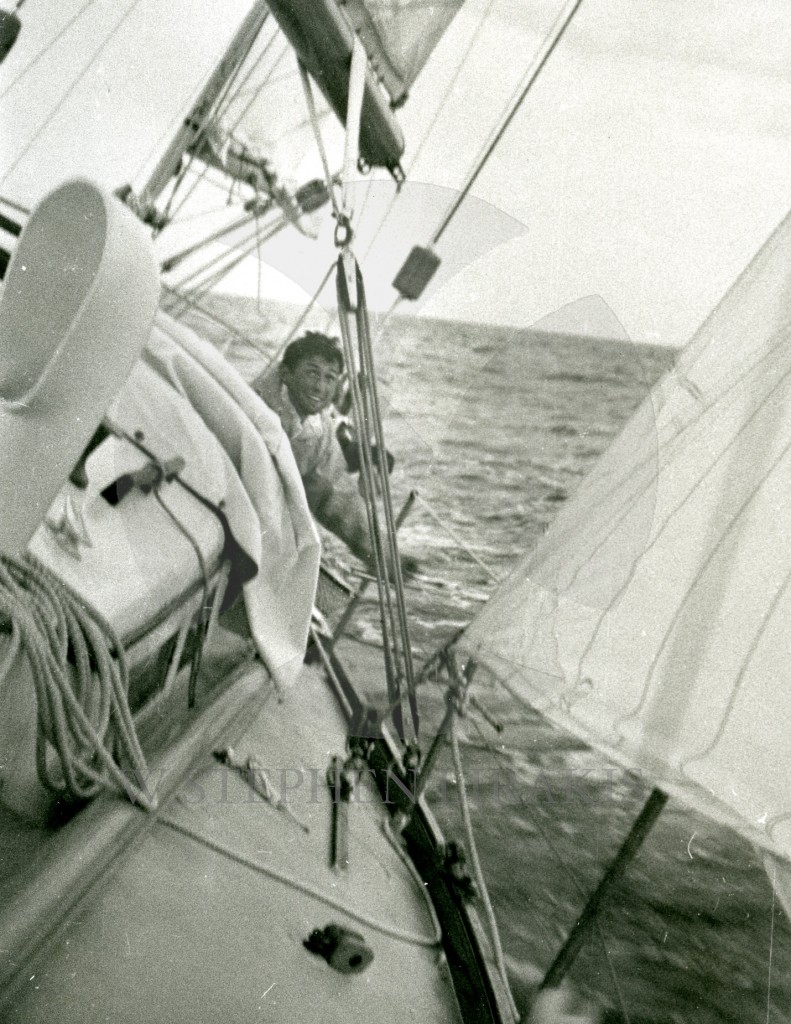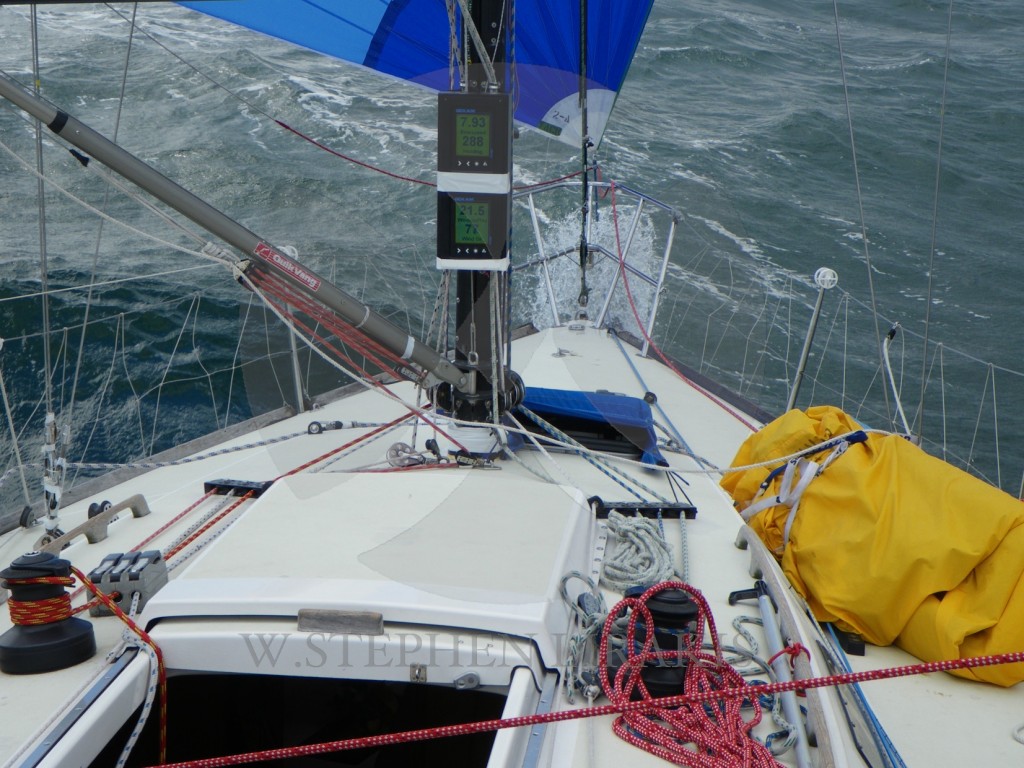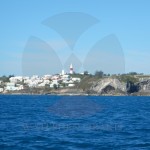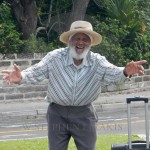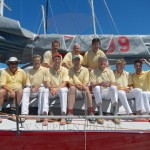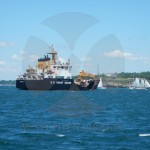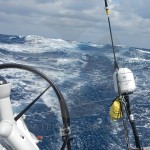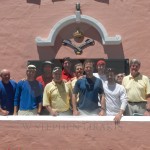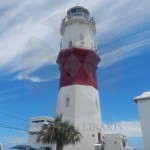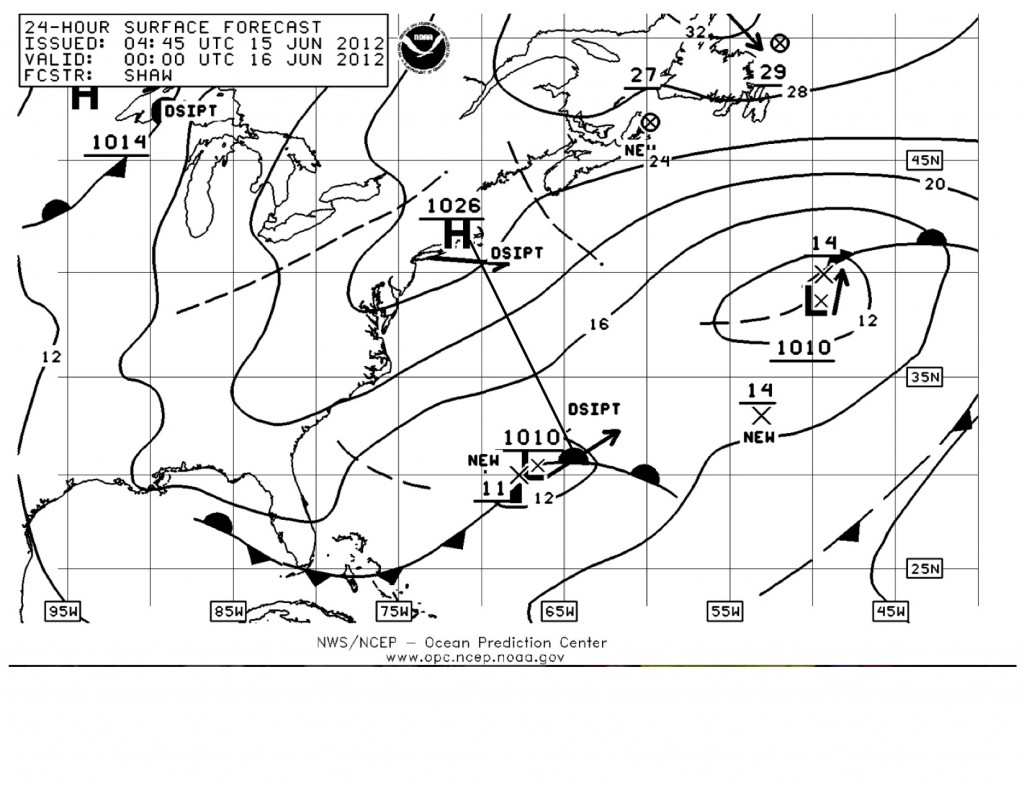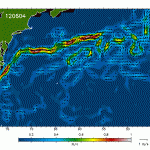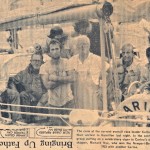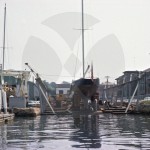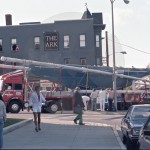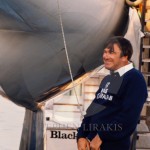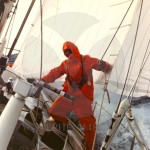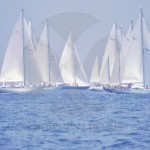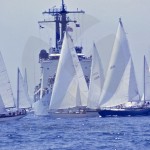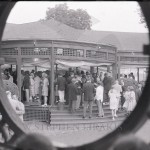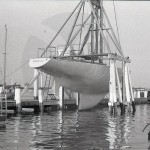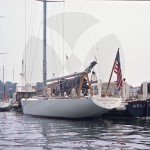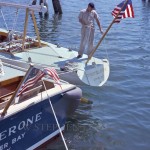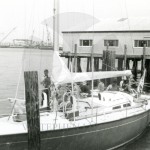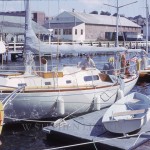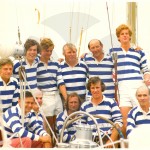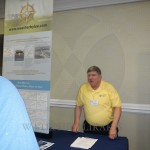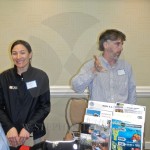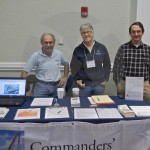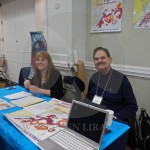I assembled this a few years ago because even I forget some of the boats and events I sailed. Still fond memories; and still making more.
Category: bermuda race 2012
WEATHER AT SEA
A STORY WORTH READING
FAST
I am back from the Bermuda Race. I sailed on Snow Lion, a Ker 50. We completed the race in 64 hours, the fastest I have ever completed the race, a personal best, if you like. However, everyone else set new personal bests as well. The new record is 39 hours 39 minutes an 18 seconds,set by Rambler, a 90 foot RP, breaking the previous record by 14 hours.
THE FIRST 24 HOURS
BERMUDA RACE COURSE
As the start of the Bermuda Race looms, it occupies more of my thoughts. Have I remembered everything? Did I overlook something on the boat? I want to bring what might be needed, but not bring too much, just contributing to extra unnecessary weight. Back to my recurring thought of reducing thing to the lowest common denominator, as uncomplicated and practical as can be achieved.
Safety at sea is at the back of everyone’s mind.
The decision on where to enter the Gulf Stream will be determined before the start and once we commit to a plan it is quite hard to change. Of course many of these decisions are weather based. What the wind will allow us to do.
My kit for the race is not that different from what I packed for last year’s transatlantic race. Naturally fewer things.
Wishing best of luck and safe race to all competitors; but we are like everyone else, racing to win.
BERMUDA RACE NEXT WEEK
Like many mornings I started out with one idea and soon moved to another. Today blame Larry Suter. He made a post on Facebook that triggered other thoughts.
Newport is about to start the summer sailing season in ernest. The New York Yacht Club spring regatta starting tomorrow, the following friday is the start of the Bermuda Race. The America’s Cup World Tour will be starting when I return from Bermuda. then Tall Ships. On and on. Many discussions have debated whether or not the expected crowds will materialize for the America’s Cup. I guess we will know soon.
Every photograph has a story, a memory, a smile, a friendship connected to it.
BEING IN THE RIGHT PLACE
Today is St. Patrick’s Day, a big day in Newport with a parade and everyone wearing a grin. Tucked in a corner is the CCA’s Safety At Sea Seminar; typically held every March in Newport in preparation for the Bermuda Race.
We must remember this is a 4 day race, 6oo miles. Not really a long time; it does get you offshore away from land but not for long. I don’t need to attend as I qualified last year for the the transatlantic race, 3000 miles, and 16 days.
The way to win this race is being in the right place for weather and to maximize the benefit of the Gulf Stream. It is far more important than sailing fast. The people in the following pictures can help put you in the right place.

